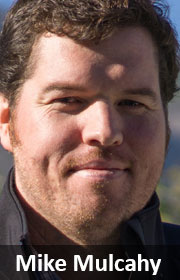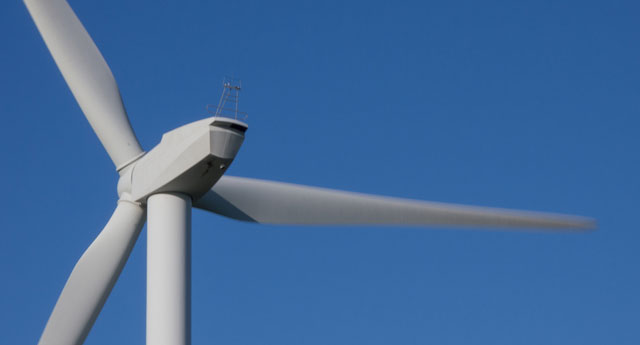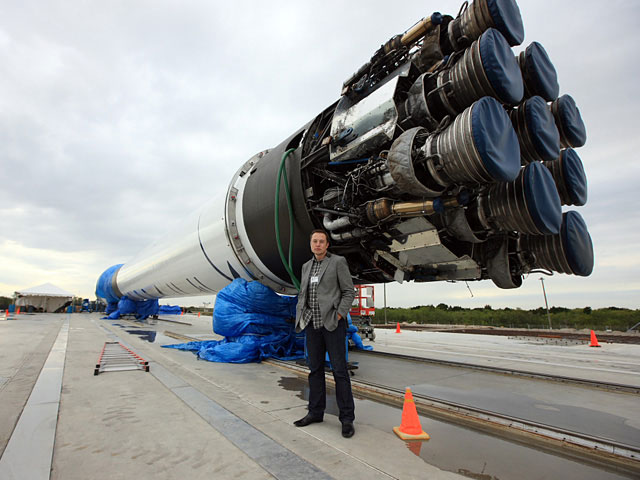 The energy space in South Africa is changing rapidly. Its dynamism has been internationally acclaimed — ratings agency Moody’s lauded South Africa as the globe’s fastest growing green economy in 2015 and, in the same year, a Bloomberg report counted the country among the top 10 renewable energy (RE) investment destinations in the world. And the irresistible momentum achieved by the industry now points to RE and gas as the preferred future of our energy supply.
The energy space in South Africa is changing rapidly. Its dynamism has been internationally acclaimed — ratings agency Moody’s lauded South Africa as the globe’s fastest growing green economy in 2015 and, in the same year, a Bloomberg report counted the country among the top 10 renewable energy (RE) investment destinations in the world. And the irresistible momentum achieved by the industry now points to RE and gas as the preferred future of our energy supply.
The focus on these booming industries will sharpen in Cape Town during the next couple of weeks with the hosting of four world-class energy sector events.
Now in its sixth year, the annual Windaba Conference — jointly hosted by the South African Wind Energy Association and the Global Wind Energy Council from 2-4 November — will expand into a Wind Energy Week, which for the first time includes an academic conference for the sector named “WindAc Africa” (31 October to 1 November).
The Africa oil and gas week, from 31 October to 4 November, has a strong emphasis on Africa’s emerging gas sector. Now in its 23rd year, the conference is recognised as a key vehicle for driving foreign direct investment in the energy landscape.
Finally, the City of Cape Town will host the annual general meeting of the World Energy Cities Partnership (WECP) from 30 October to 2 November. Established in 1995, WECP member cities are globally recognised as international energy capitals. Its existence underpins an international trend where cities are showing the lead in embracing sustainability and green energy solutions.
Collectively, these four events, all in Cape Town in the same week, reflect the extent to which South Africa and Cape Town are emerging as a hub for companies to meet to gain insights to position themselves in a rapidly changing energy sector, increasingly driven by incredibly cost competitive renewable energy with gas as its complement.
Windaba 2016, for instance, boldly aspires toward a 30GW wind industry by 2030. This ambitious aspiration may be achievable considering the explosive growth demonstrated by the RE sector in the past five years. Since 2011, the RE industry has procured approximately R194bn infrastructure investment, all with private money. According to industry sources, approximately 30% of all foreign direct investment in the country during the past four years can be ascribed to the RE industry.
This investment is creating many jobs and significant new manufacturing capability (in response to the requirement for at least 45% local content by each RE project, including key components and balance of plant) — a massive injection into the economy that is being achieved cost effectively. Over this period, the cost of wind power in South Africa has steadily lowered to approximately 40% below the cost of new coal power at Medupi. For solar PV, that figure is now almost as low.
Rapid advances in technology development and strong global competition has seen prices for both solar PV and wind technologies continue to fall even below what we had seen in South Africa thus far. Anton Eberhard, professor at UCT’s Graduate School of Business, confirms that “our cheapest sources of power are now wind and solar energy. The department of energy has awarded long-term, fixed-price contracts for wind energy as low as 57c/kWh, far below Eskom’s average cost of supply.”

The high penetration levels of RE such as targeted by Windaba 2016 are not only affordable. The latest CSIR modelling shows that high penetrations of RE are technically possible immediately and, if combined with “flexible” technologies such as gas, can overcome concerns related to the variability of RE output when the sun sets and/or the wind stops blowing. Leading energy scientist Tobias Bischof-Niemz says this is irreversibly altering conventional energy operating models. His modelling shows that gas and renewables could supply 82% of South Africa’s needs, and yield the cheapest systems cost for electricity generation. This sentiment is echoed by Eberhard, who states that using “RE combined with gas power can offer reliable base load supply at 90c /kWh for the blended mix of 89% renewables and 11% flexible power”.
Although coal still provides approximately three-quarters of South Africa’s energy, government planning foresees the inclusion of a significant share of RE and gas into the electricity mix by 2030. Current resource planning and procurement plans project the country’s RE capacity increasing to around 17,8GW by 2030 and 3,1GW of gas-fired power generation procured as part of the Independent Power Procurement Programme. To put these contributions in perspective, neither of these energy sources contributed anything to South Africa’s electricity mix a mere five years ago.
The four Cape Town events during the next couple of weeks will provide an opportunity to celebrate the country’s successes, not least the enabling environment created by the South African government. They will also provide a platform to forge new opportunities in RE and gas power generation, and help South Africa further along the path of securing an appropriate and sustainable energy mix.”
- Mike Mulcahy is CEO of GreenCape, a not-for-profit organisation established in 2010 by the Western Cape government as a special purpose vehicle to support the development of the green economy in the region


